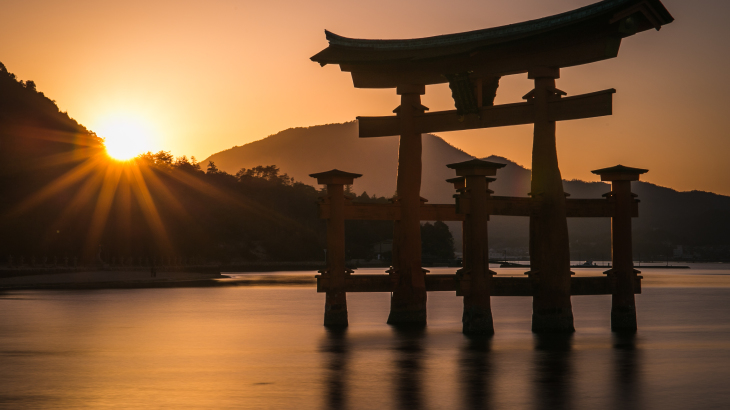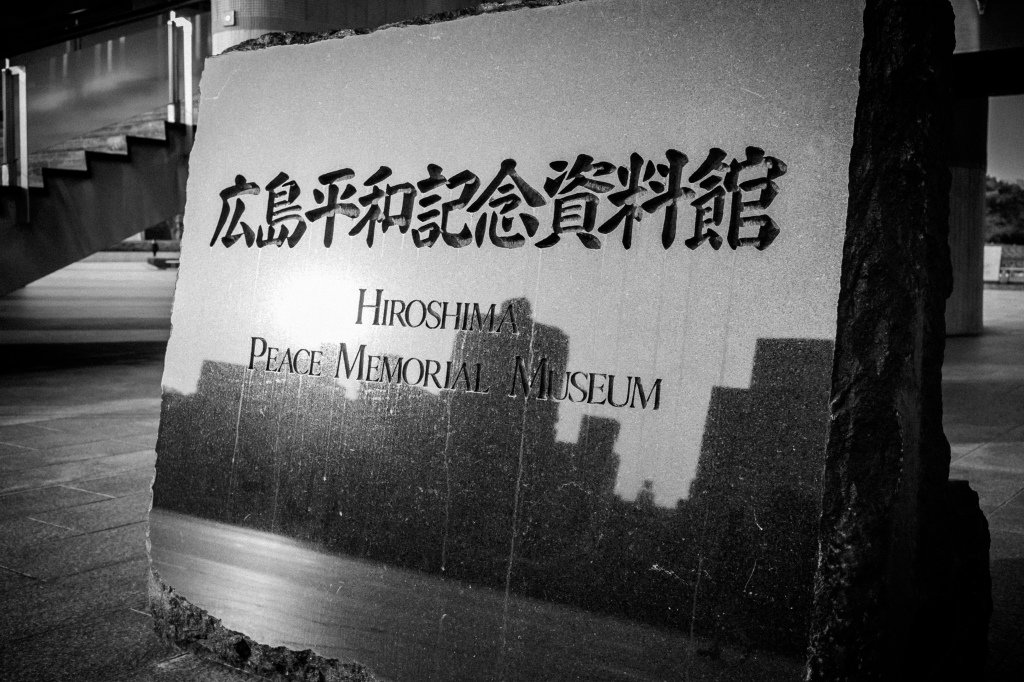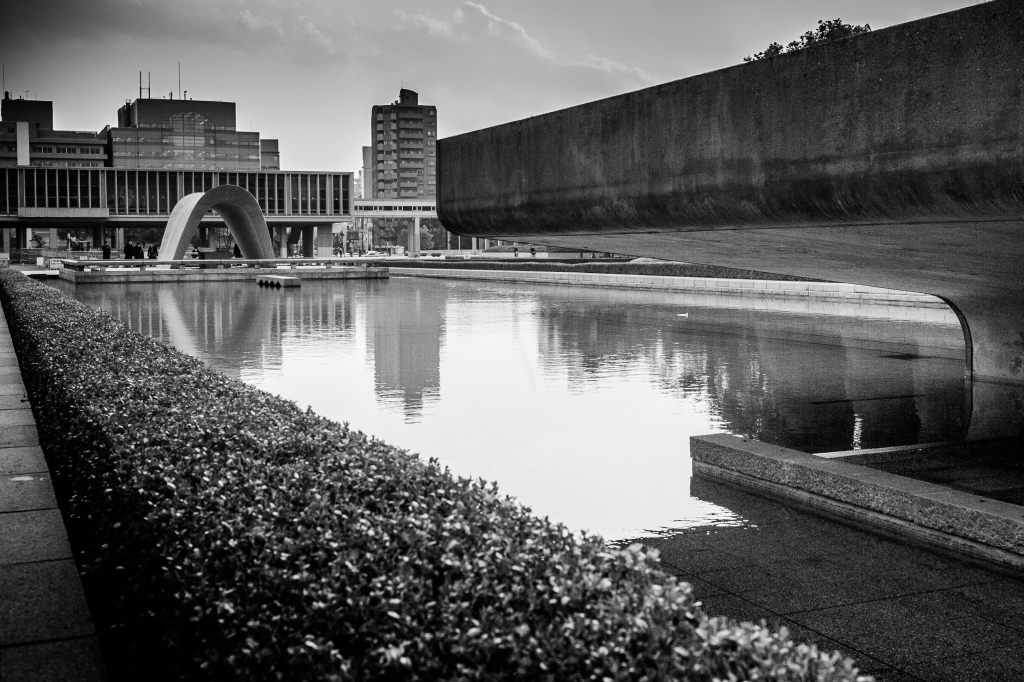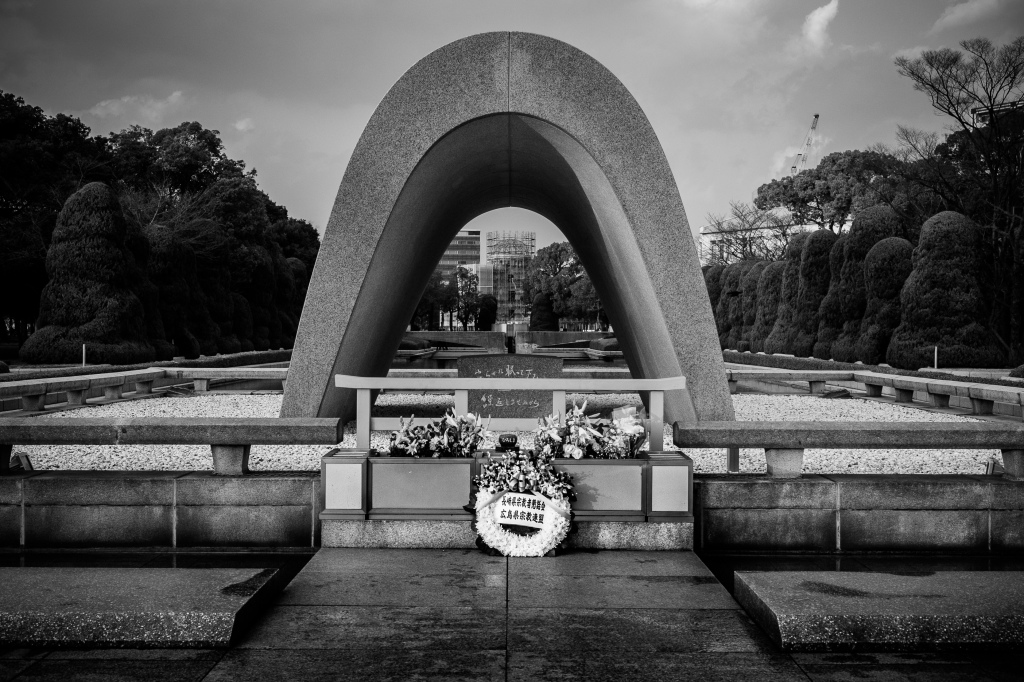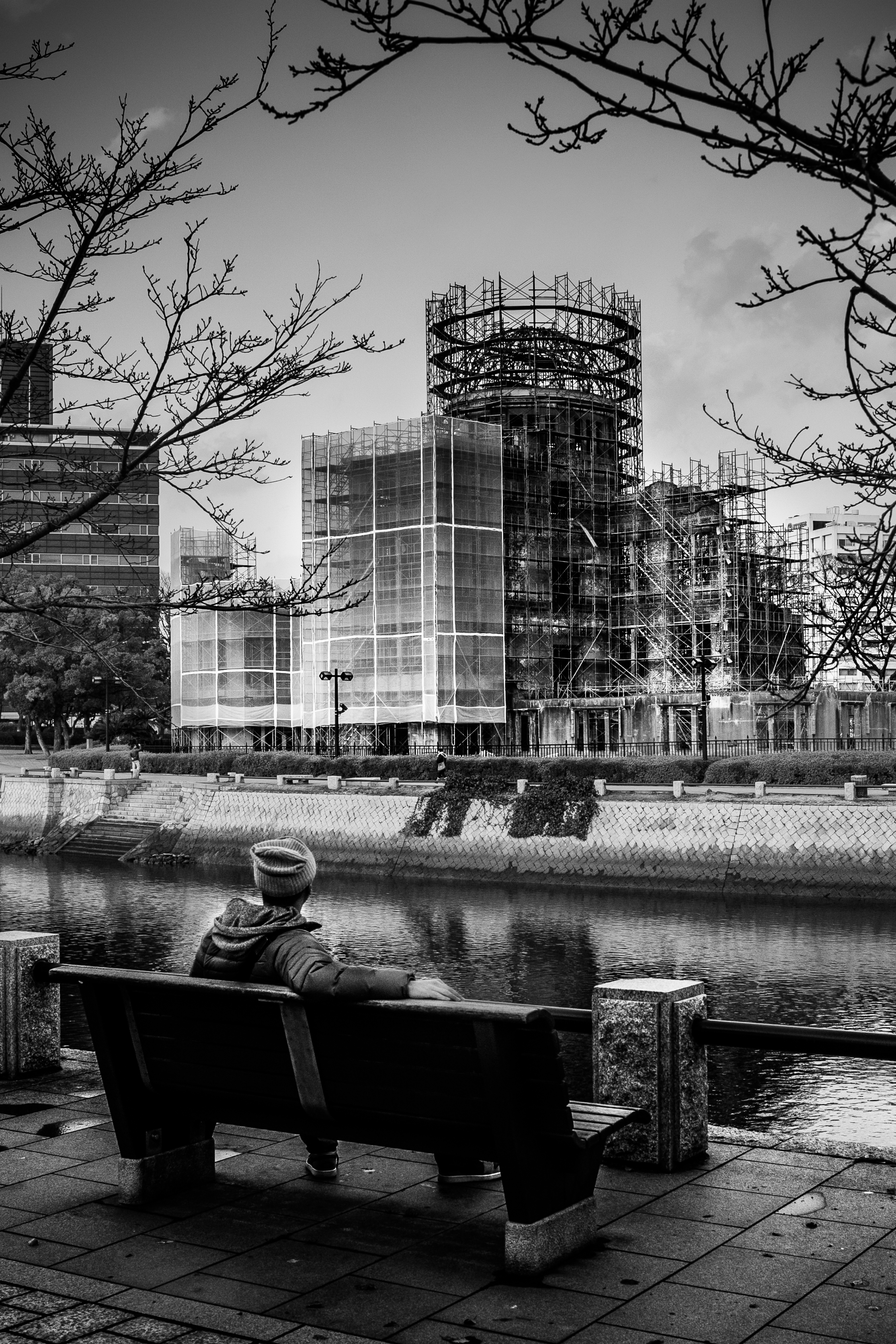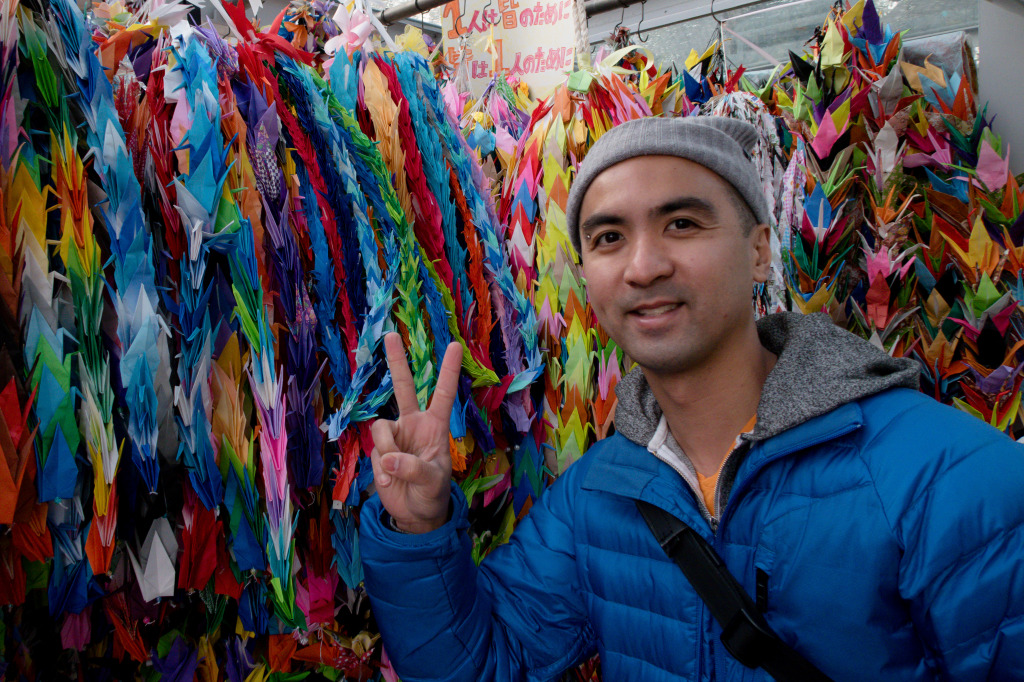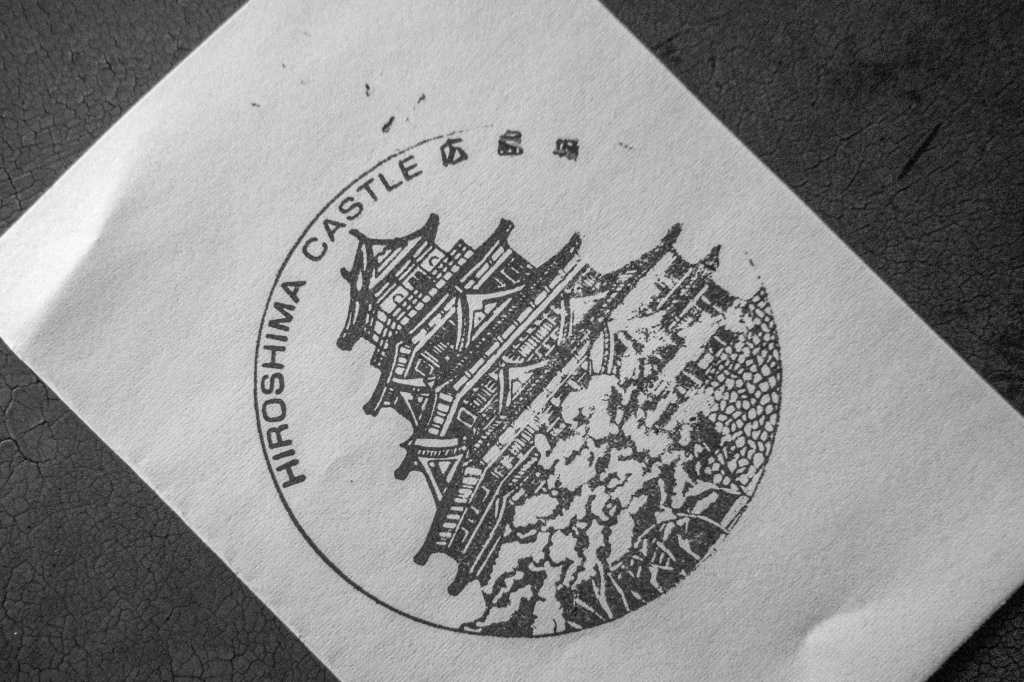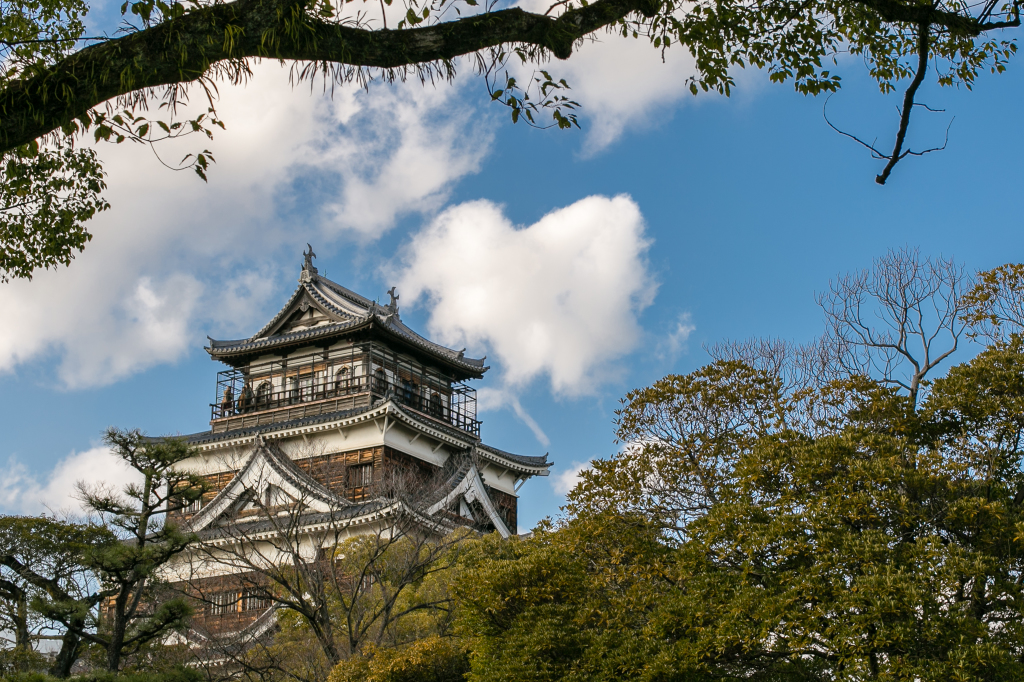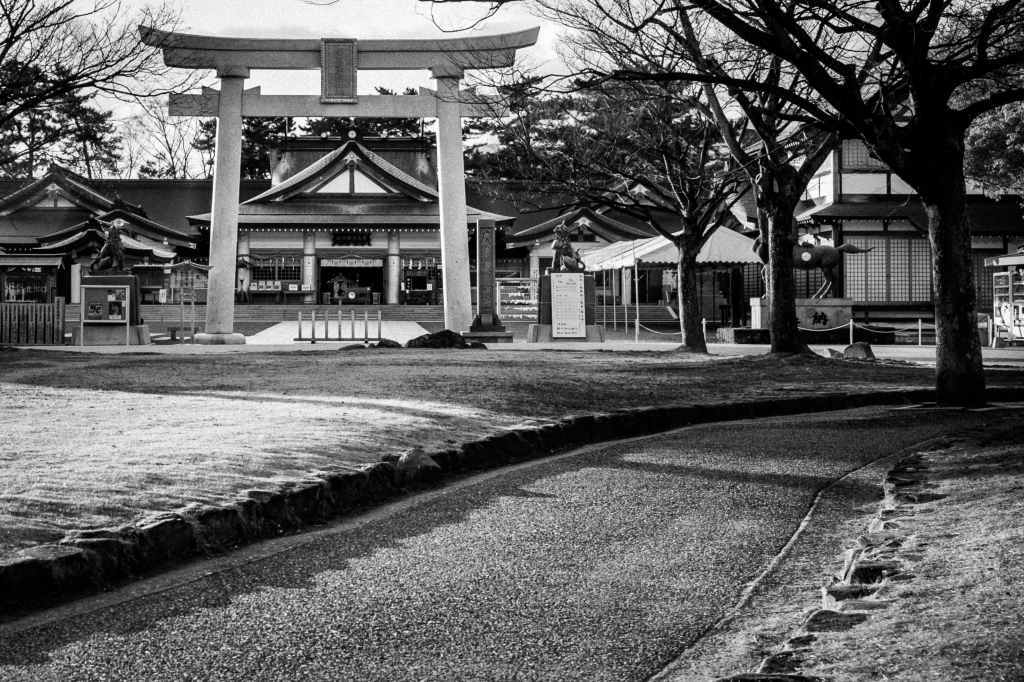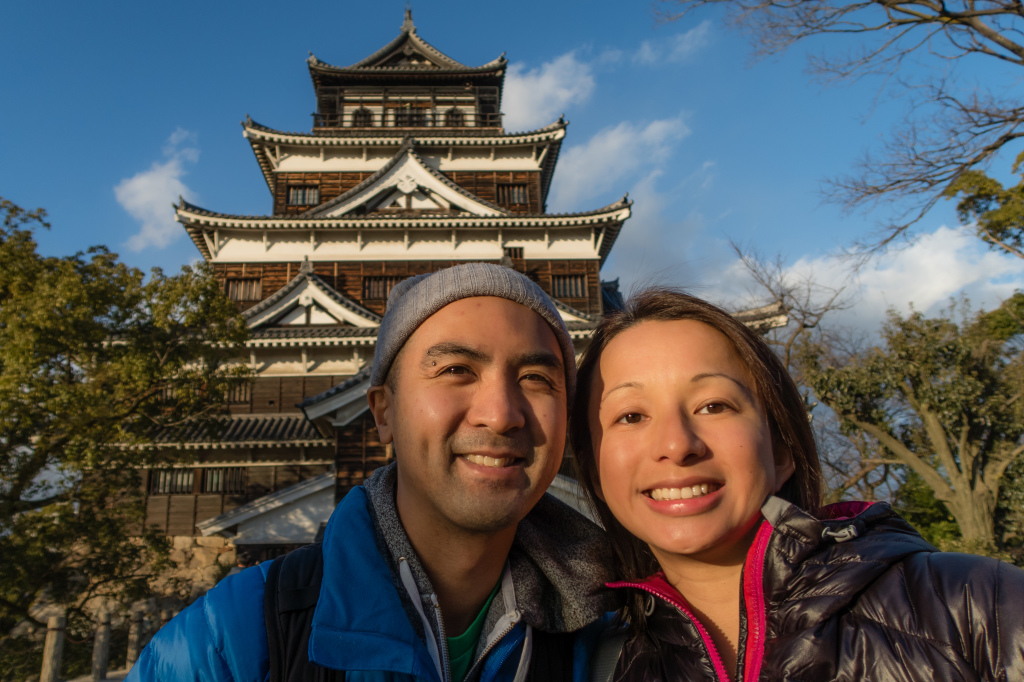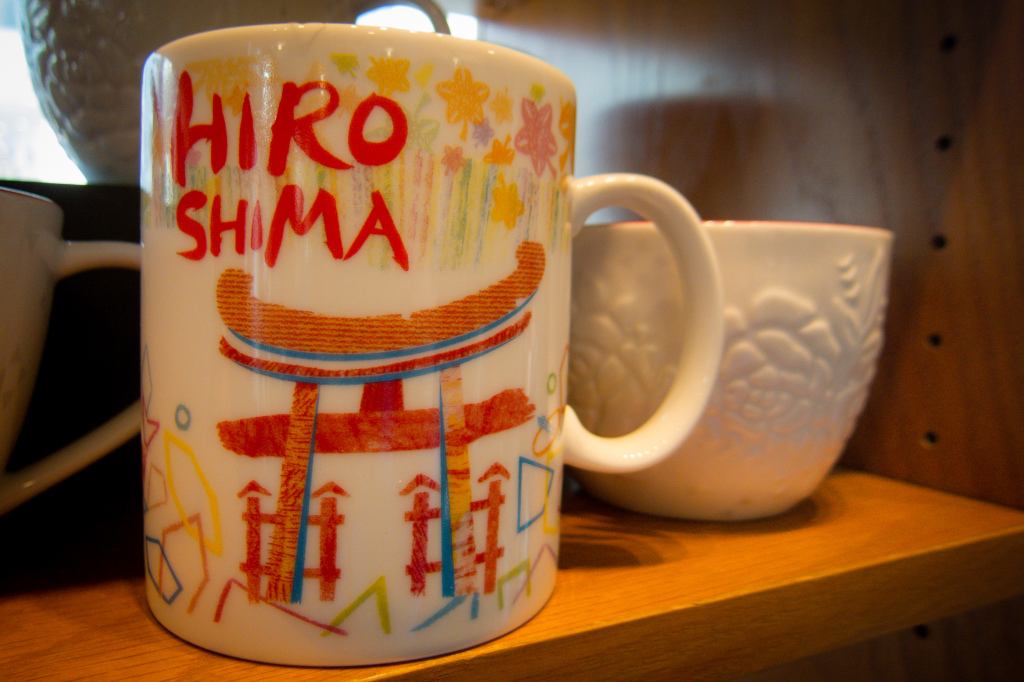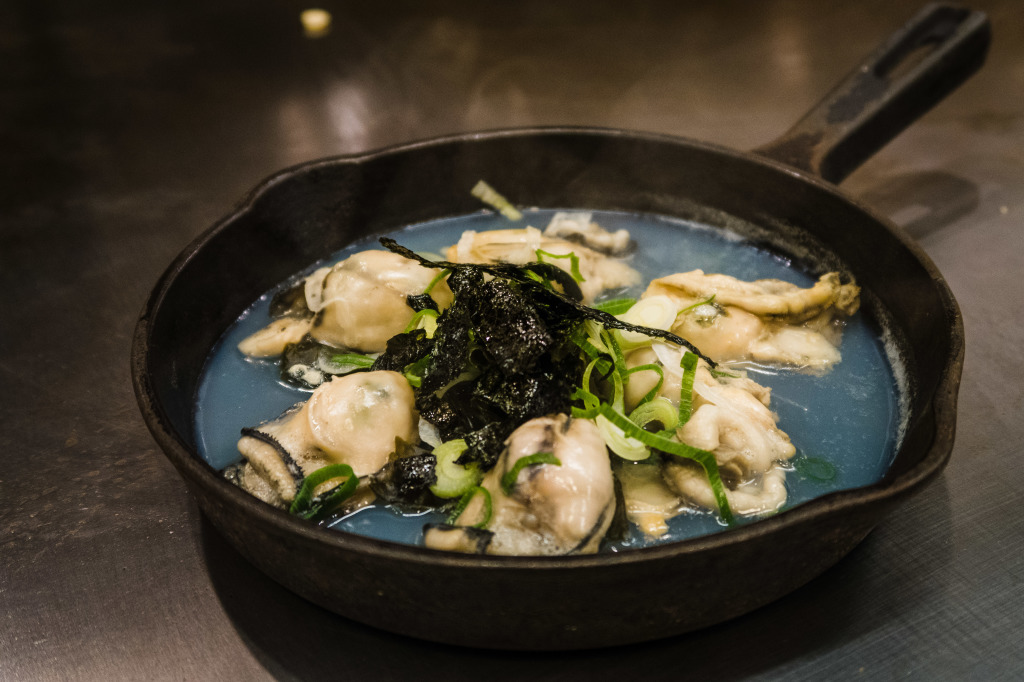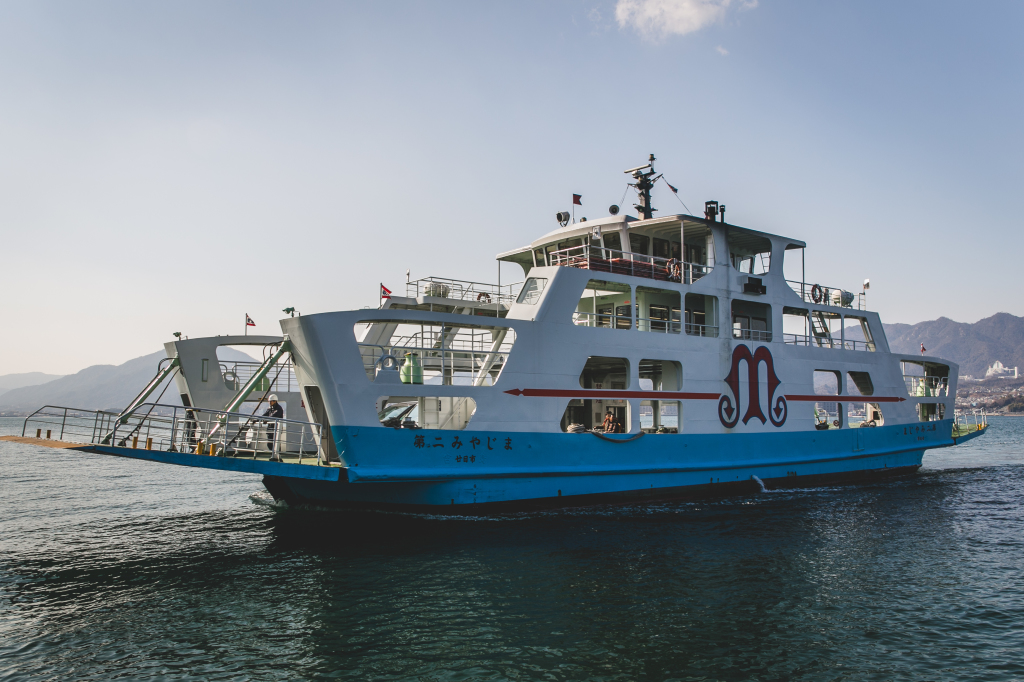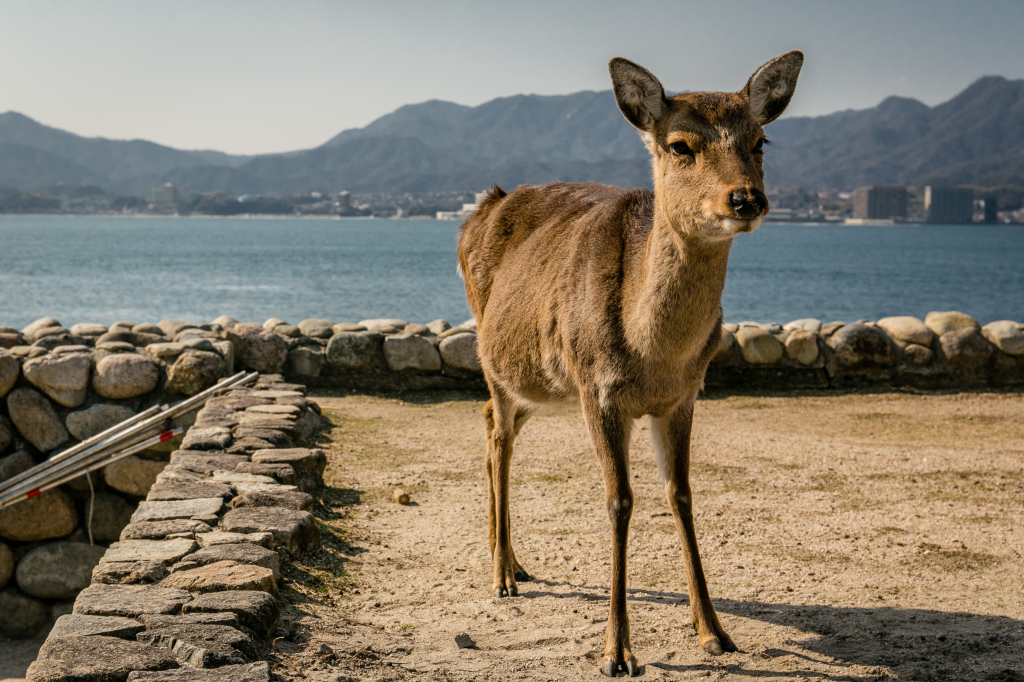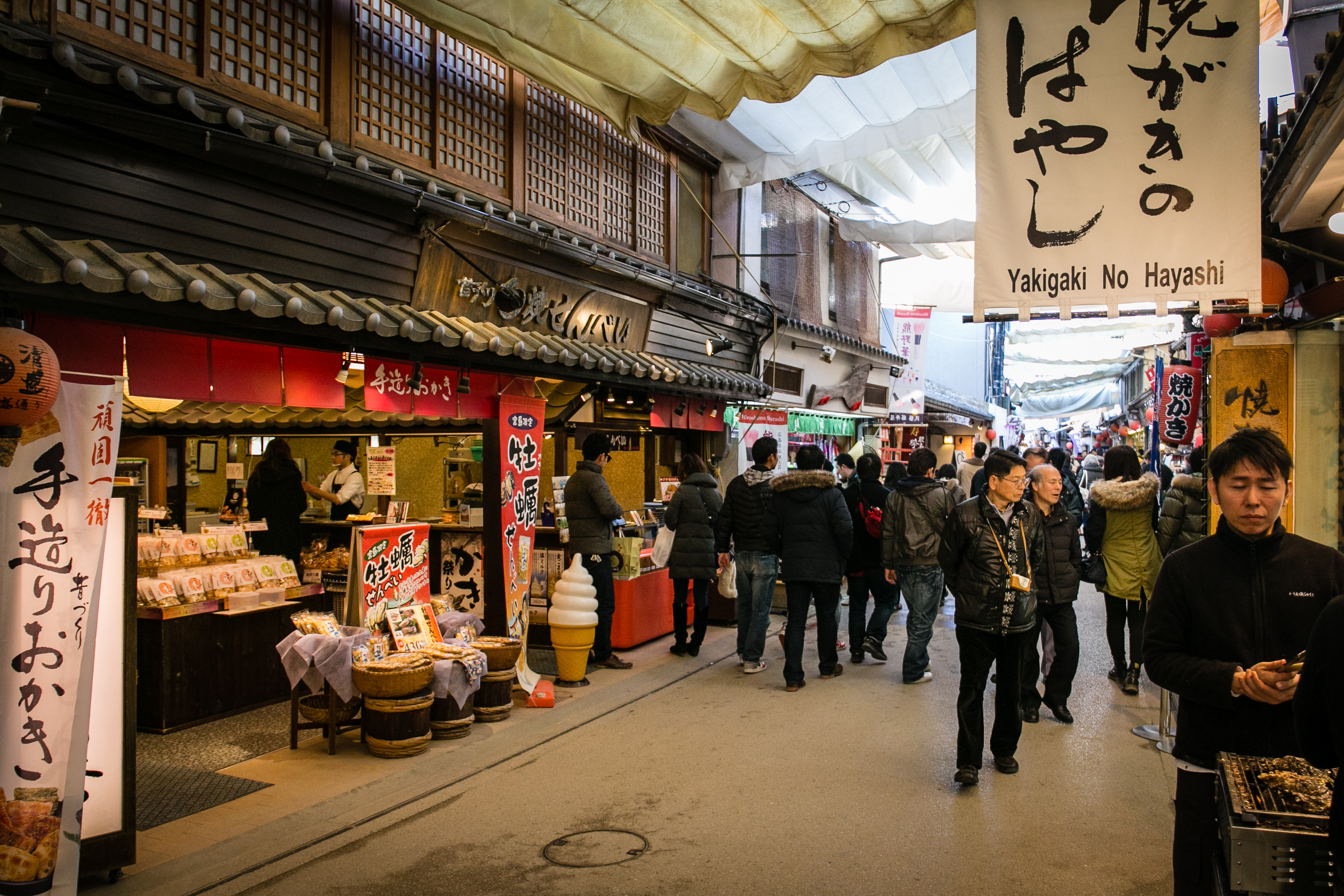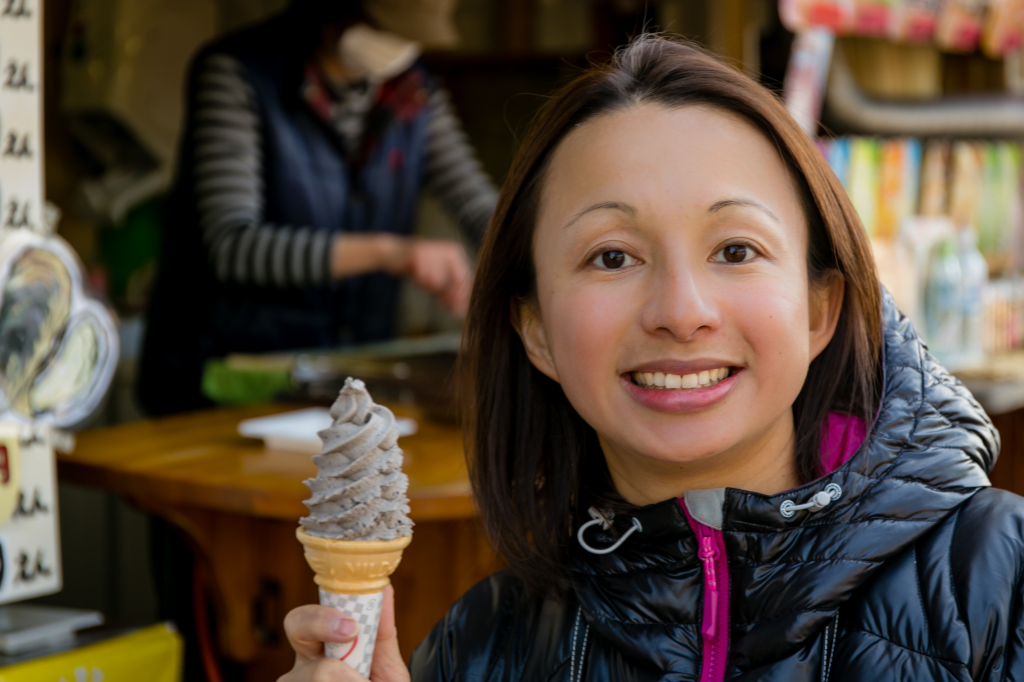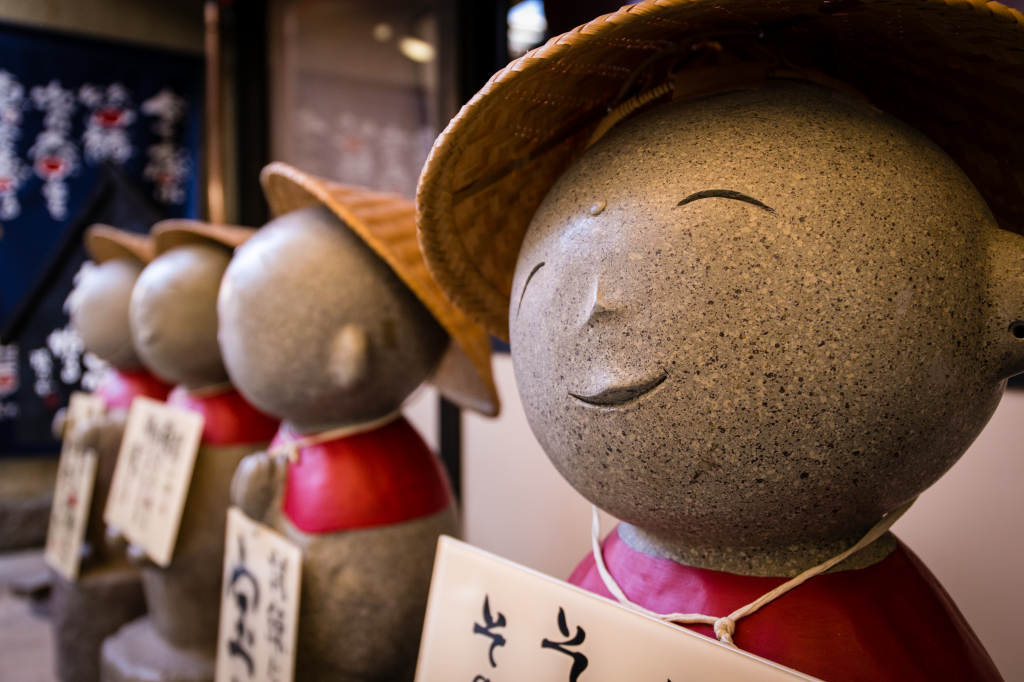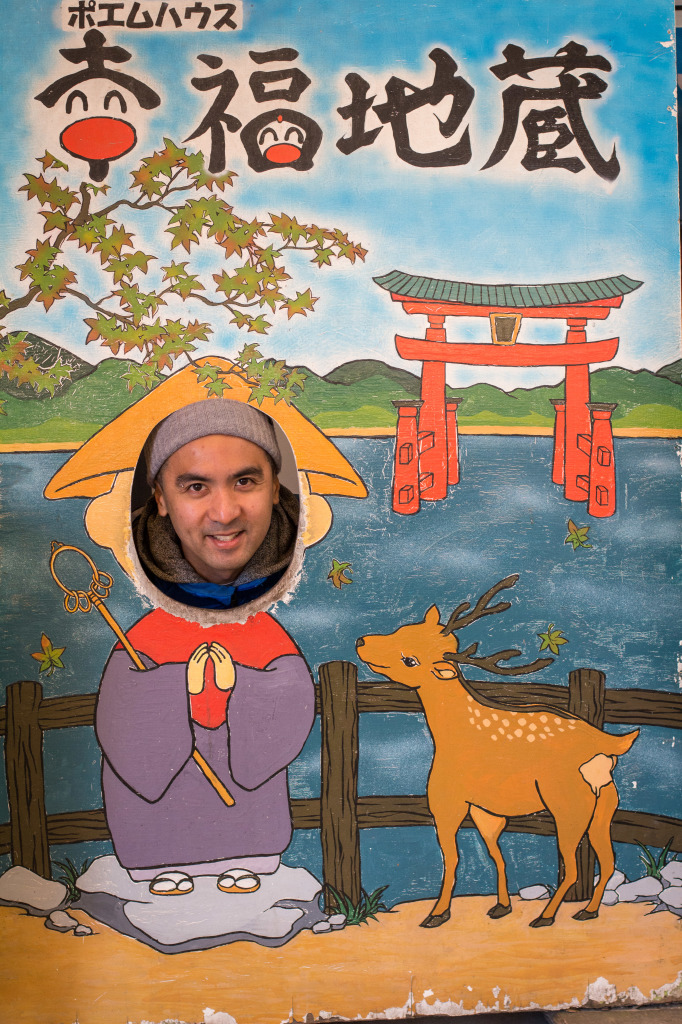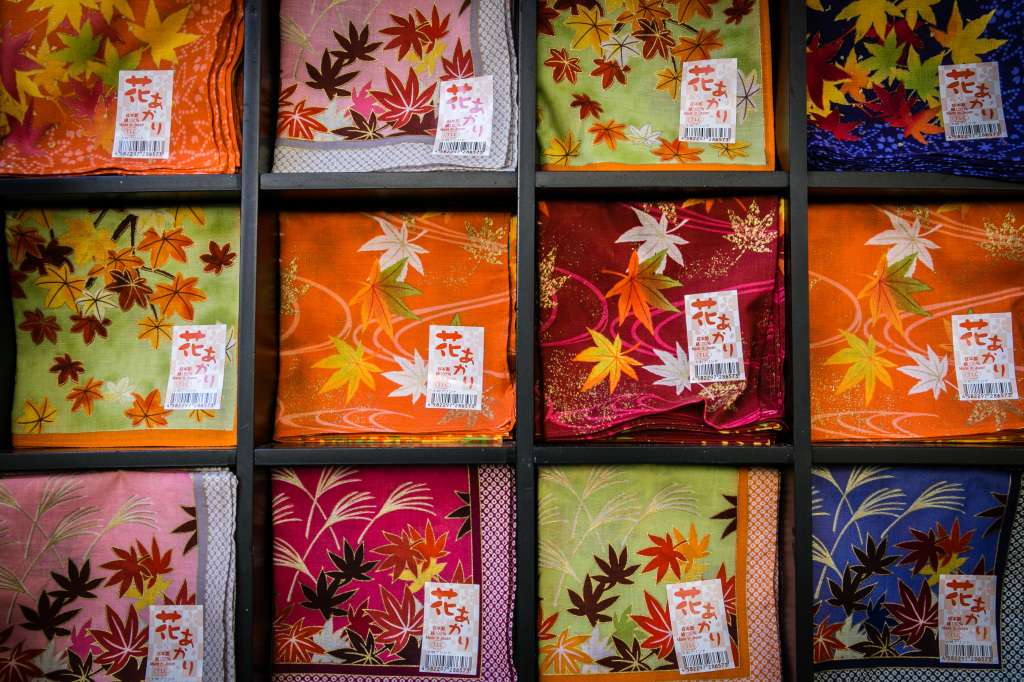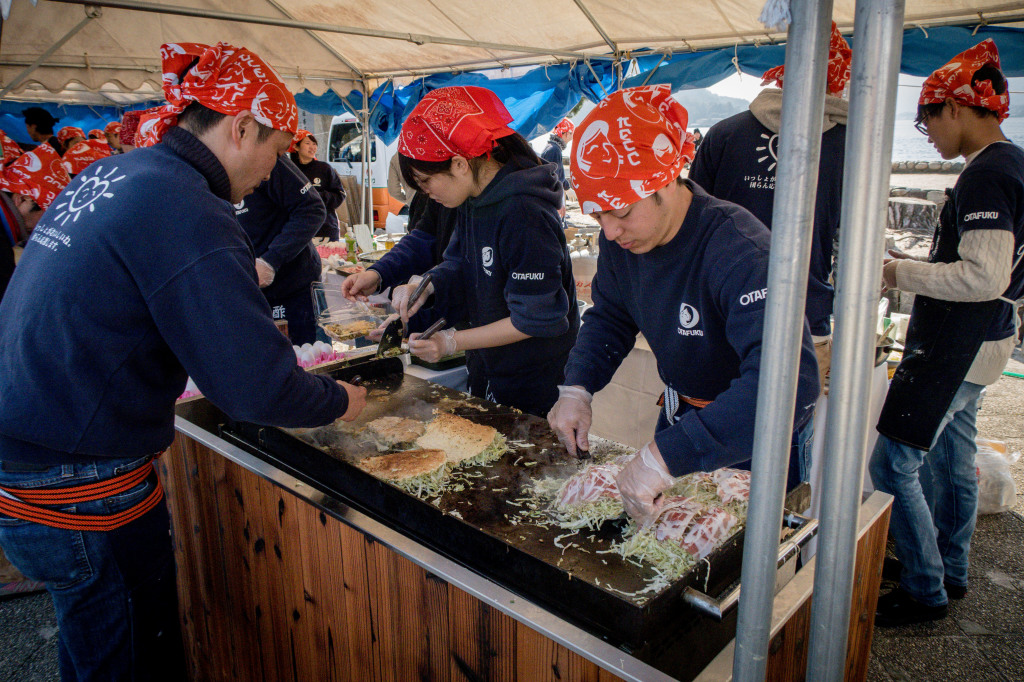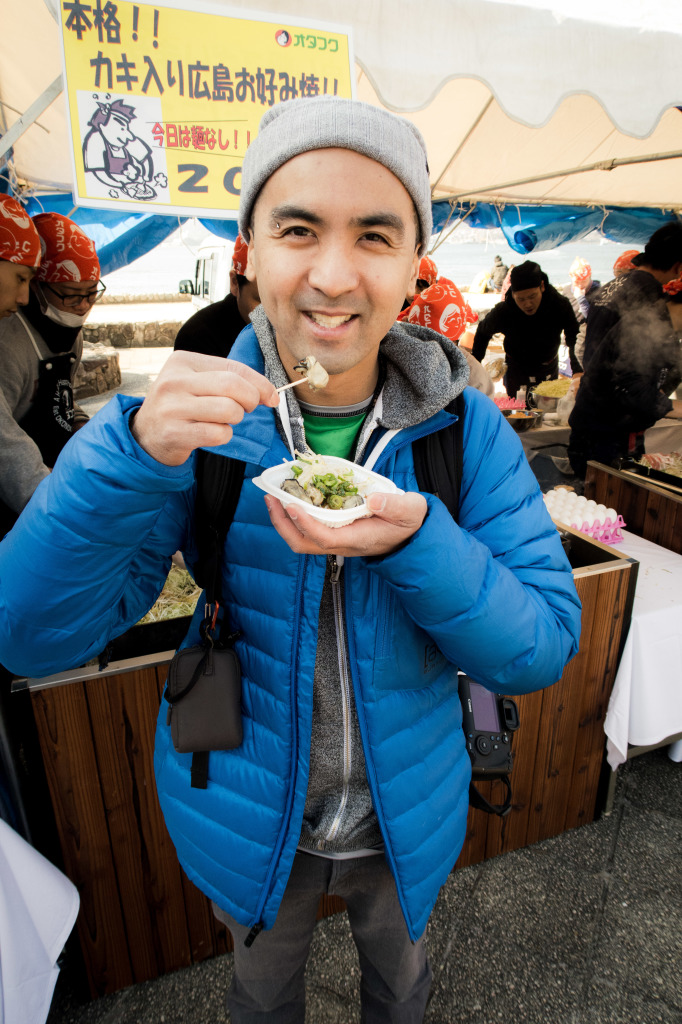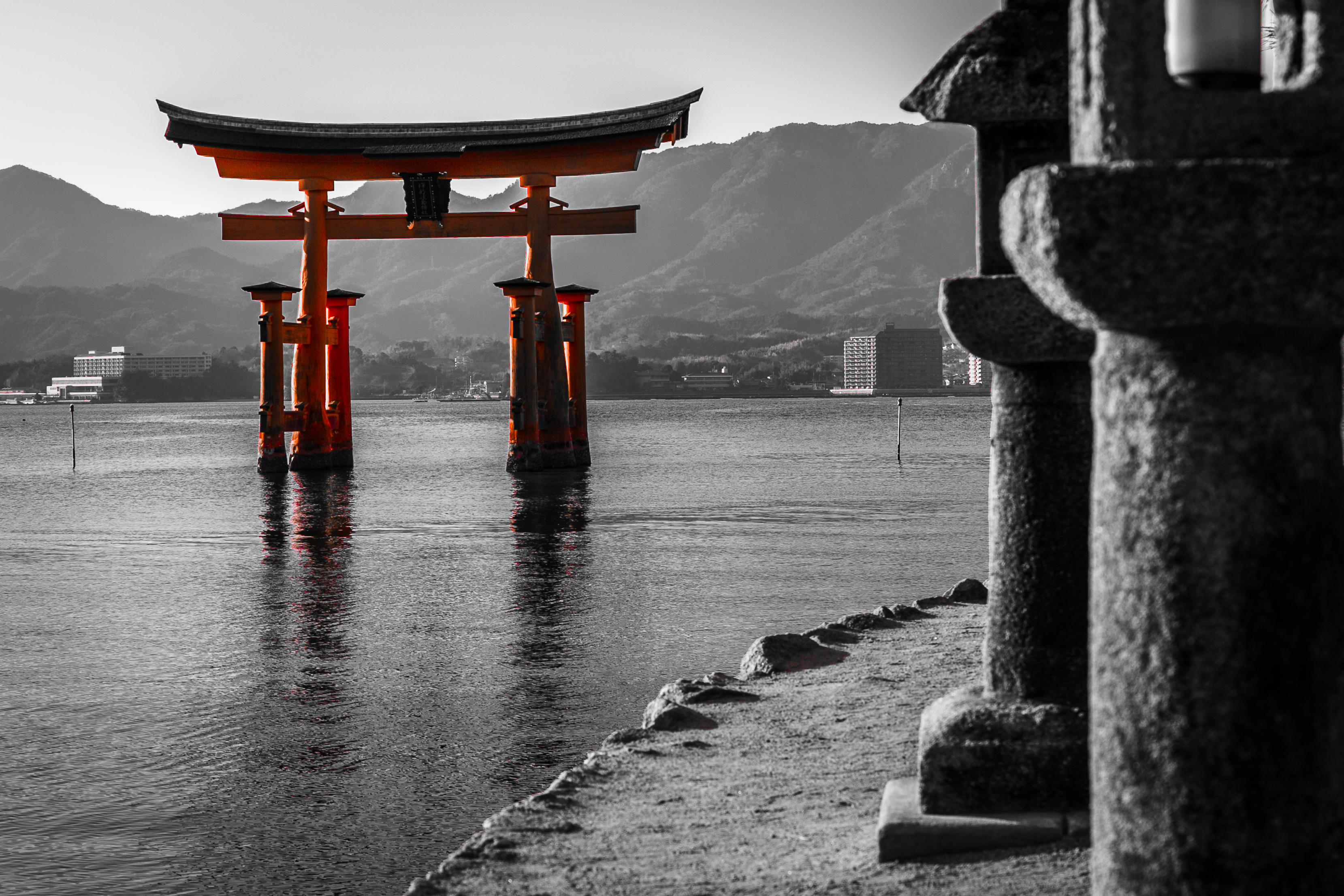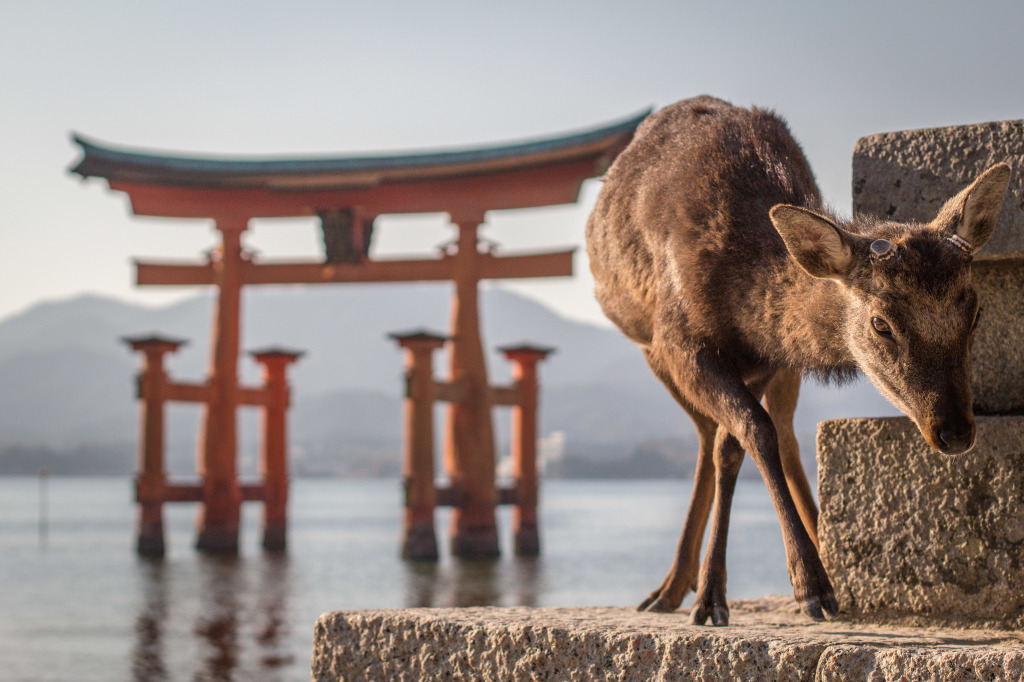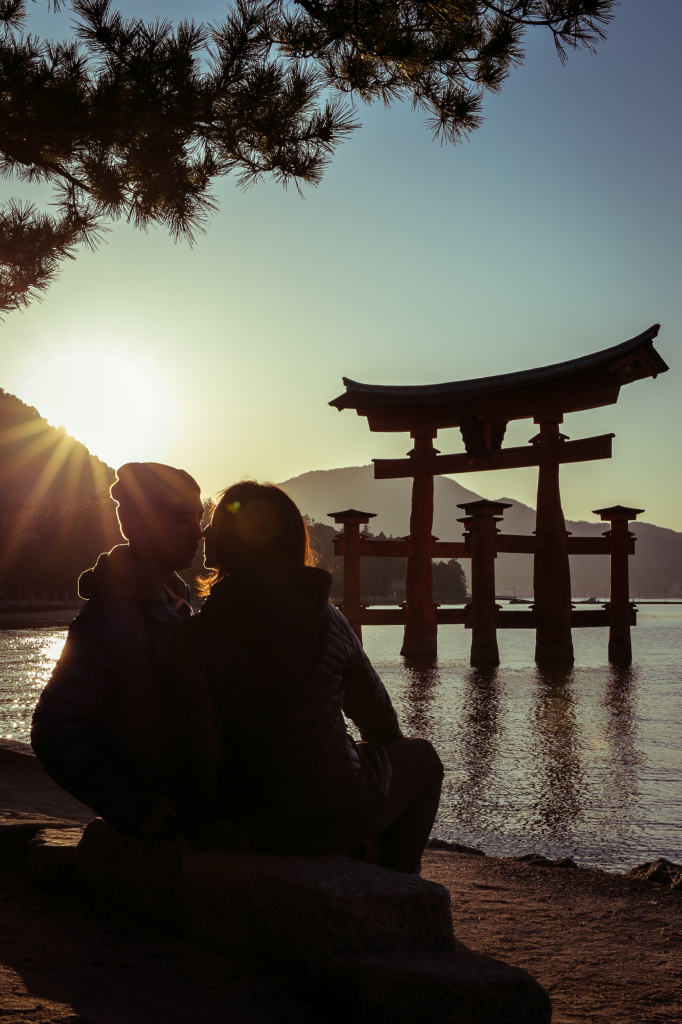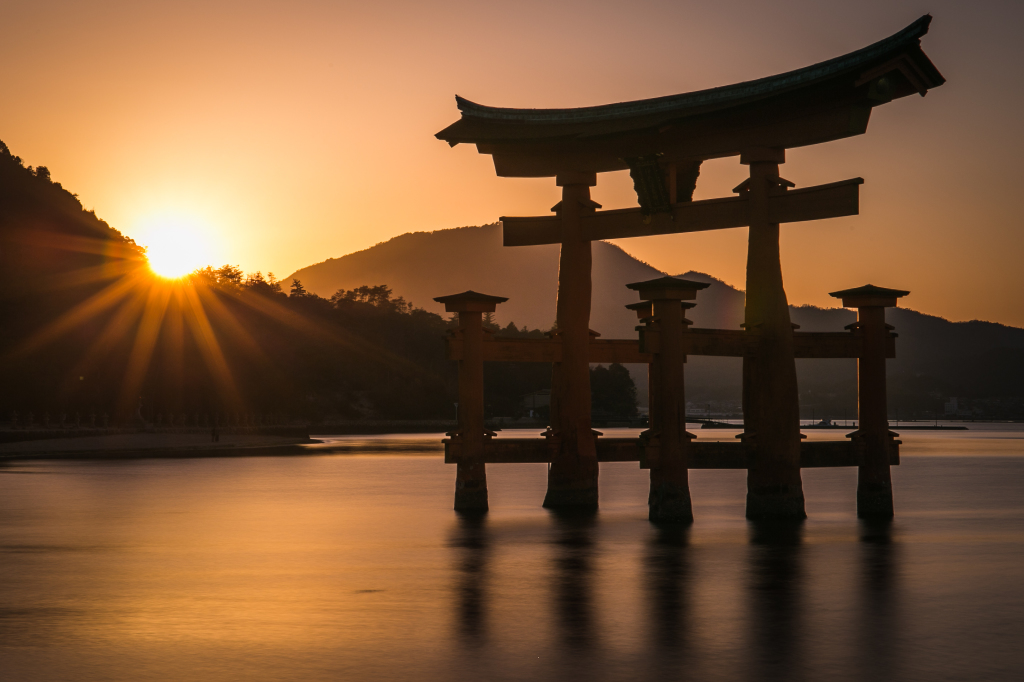A trip to Hiroshima is best to start off with a visit to the Hiroshima Peace Memorial Park. The museum showcase the remnants of buildings destroyed by the 1945 atomic bomb and monuments honouring the many perished by this nuclear attack. Understanding Hiroshima’s relatively recent devastation is key to fully appreciating its beauty and culture.
We arrived mid-February which was start of their oyster season. This region known for great oysters and we were treated with some great local dishes. The best day trip from Hiroshima is to Miyajima Island. Miyajima is a small island less than an hour outside the city and most famous for its giant Tori gate and Itsukushima Shrine, a UNESCO Heritage Site.
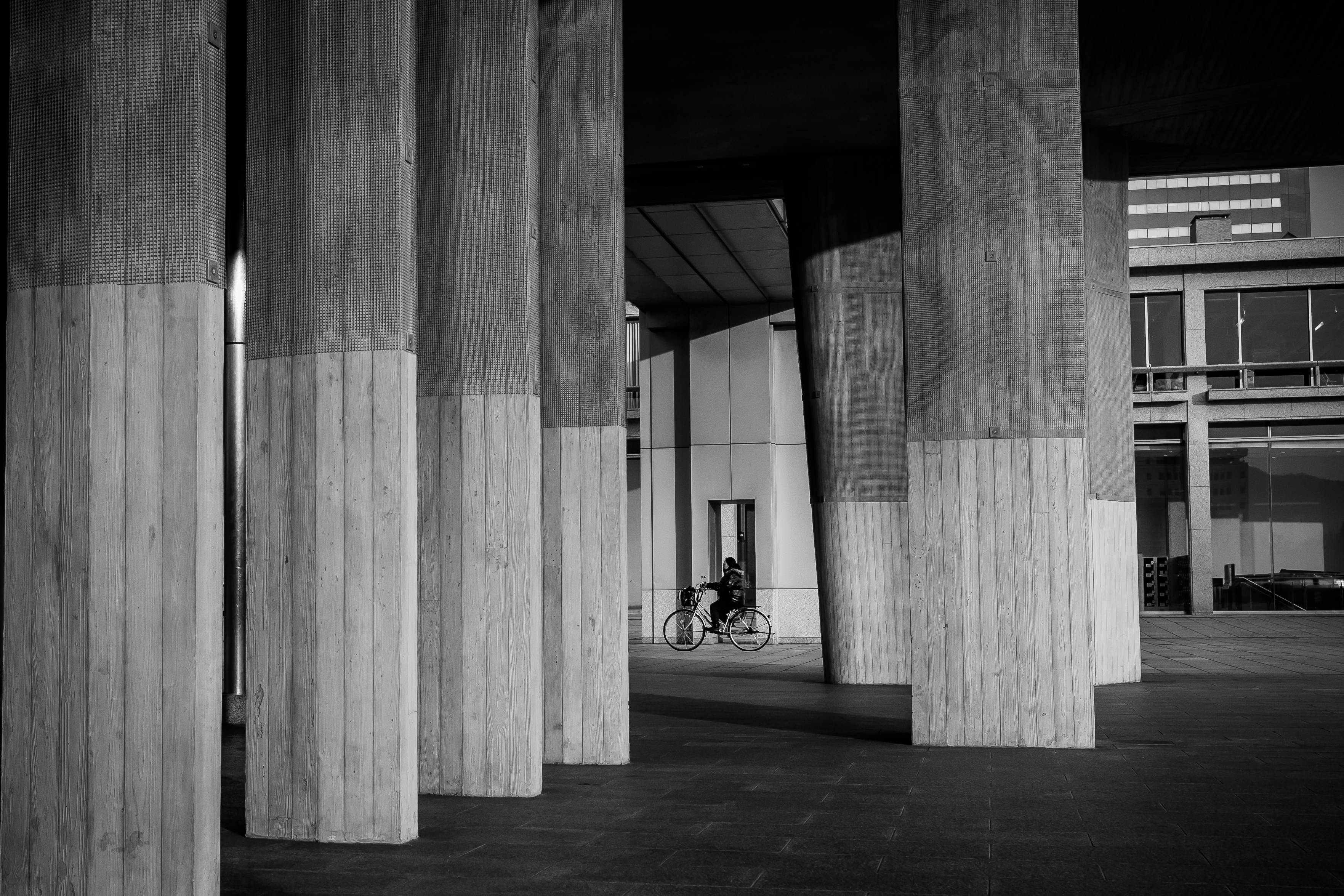
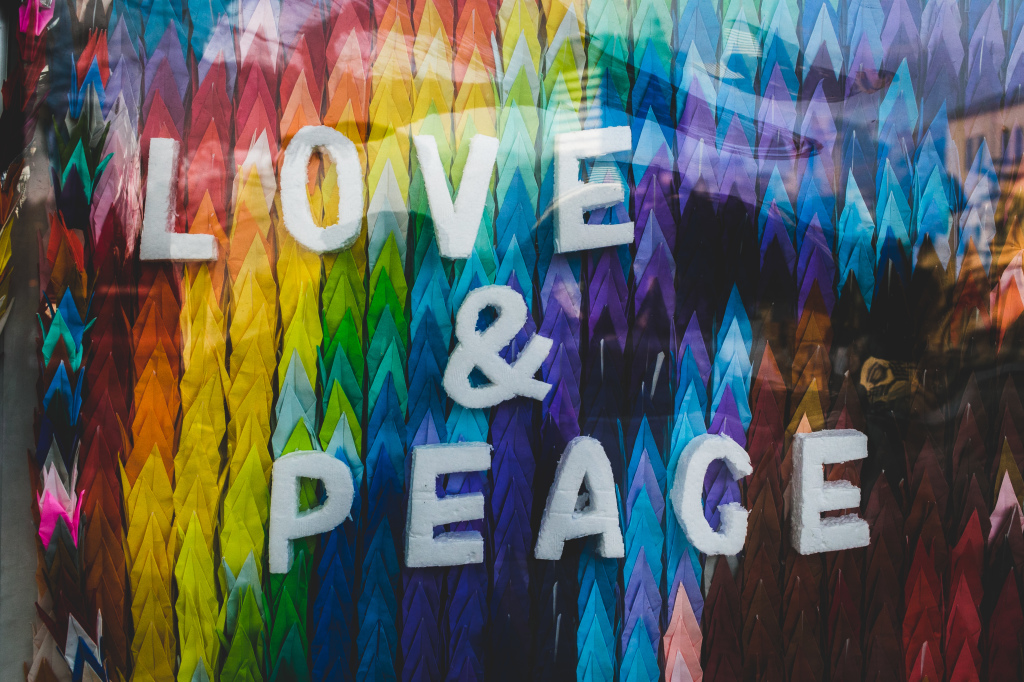
Two-year-old Sadako Sasaki was living in Hiroshima when the atom bomb was dropped. Sadly, ten years later, she was diagnosed with leukemia, also known as “atom bomb disease.” There is a Japanese legend that says that if a sick person folds 1,000 paper cranes, the gods will make her well again. Sadako spent long hours in bed, folding those paper cranes, and never giving up that hope. When Sadako had folded six hundred and forty-four cranes, and they hung above her bed on strings, her classmates folded the rest. Today there is a memorial in Hiroshima Peace Park dedicated to Sadako. Children come there and leave the paper cranes they make in her honour.
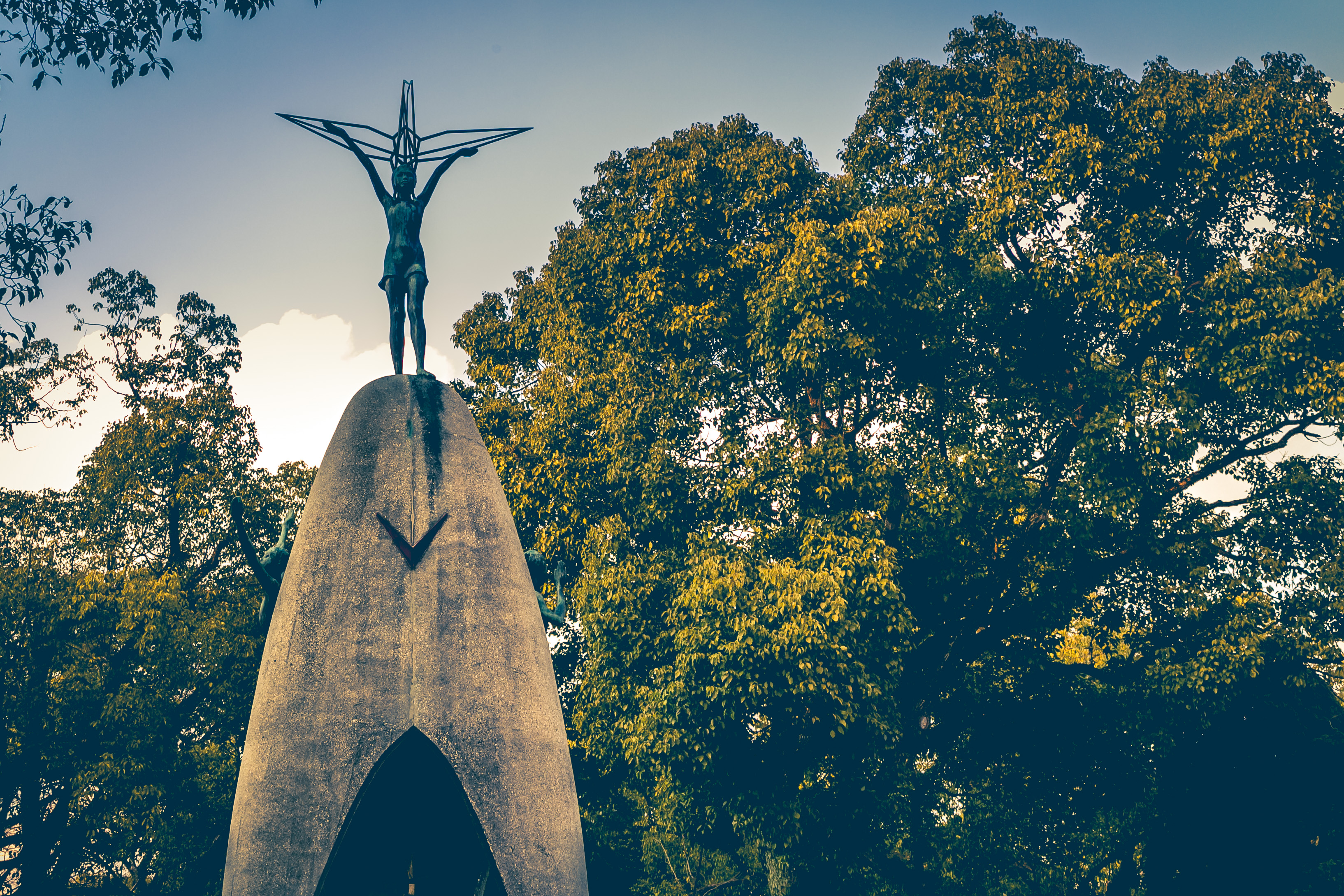
The Children’s Peace Monument is a statue dedicated to the memory of the children who died as a result of the bombing.
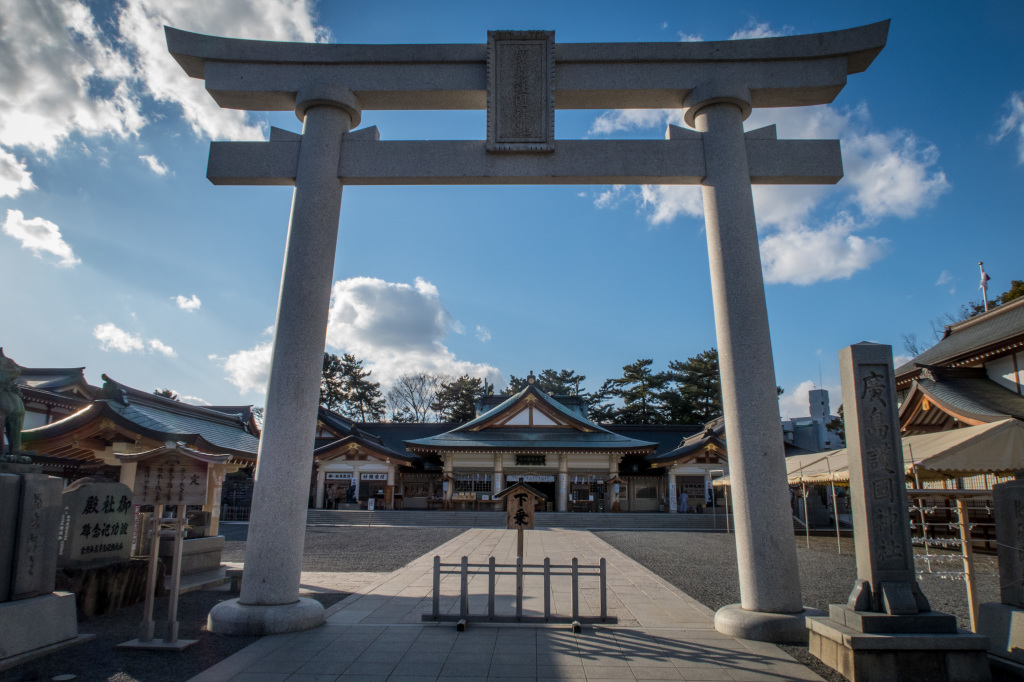
Giant Tori entrance to Hiroshima Castle.
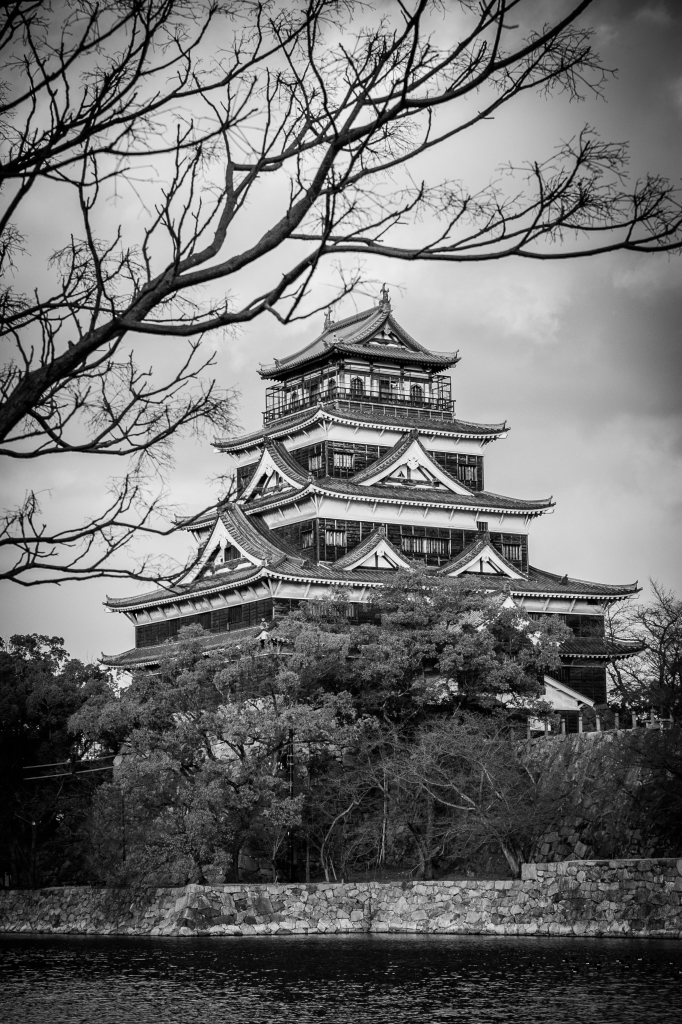
The castle was originally constructed in wood, pine primarily, and was destroyed by the A-bomb explosion. The present tower, re- constructed largely of concrete, was completed in 1958.
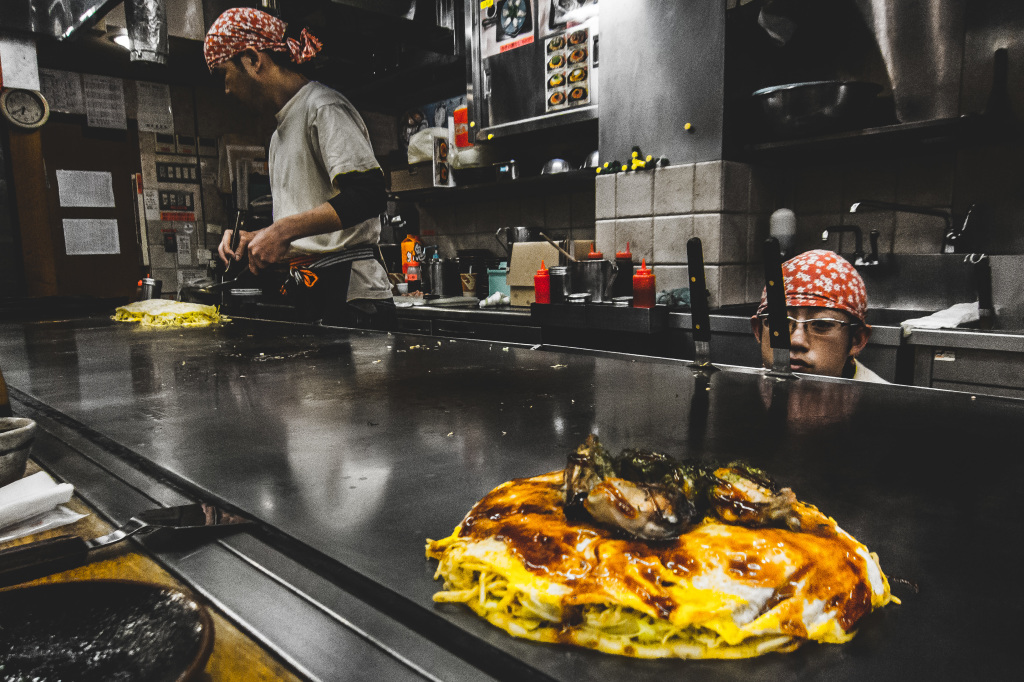
A team of chefs preparing okonomiyaki (Japanese pancake) in a restaurant in Hiroshima. In Hiroshima, the ingredients are layered rather than mixed and topped with a few oysters.
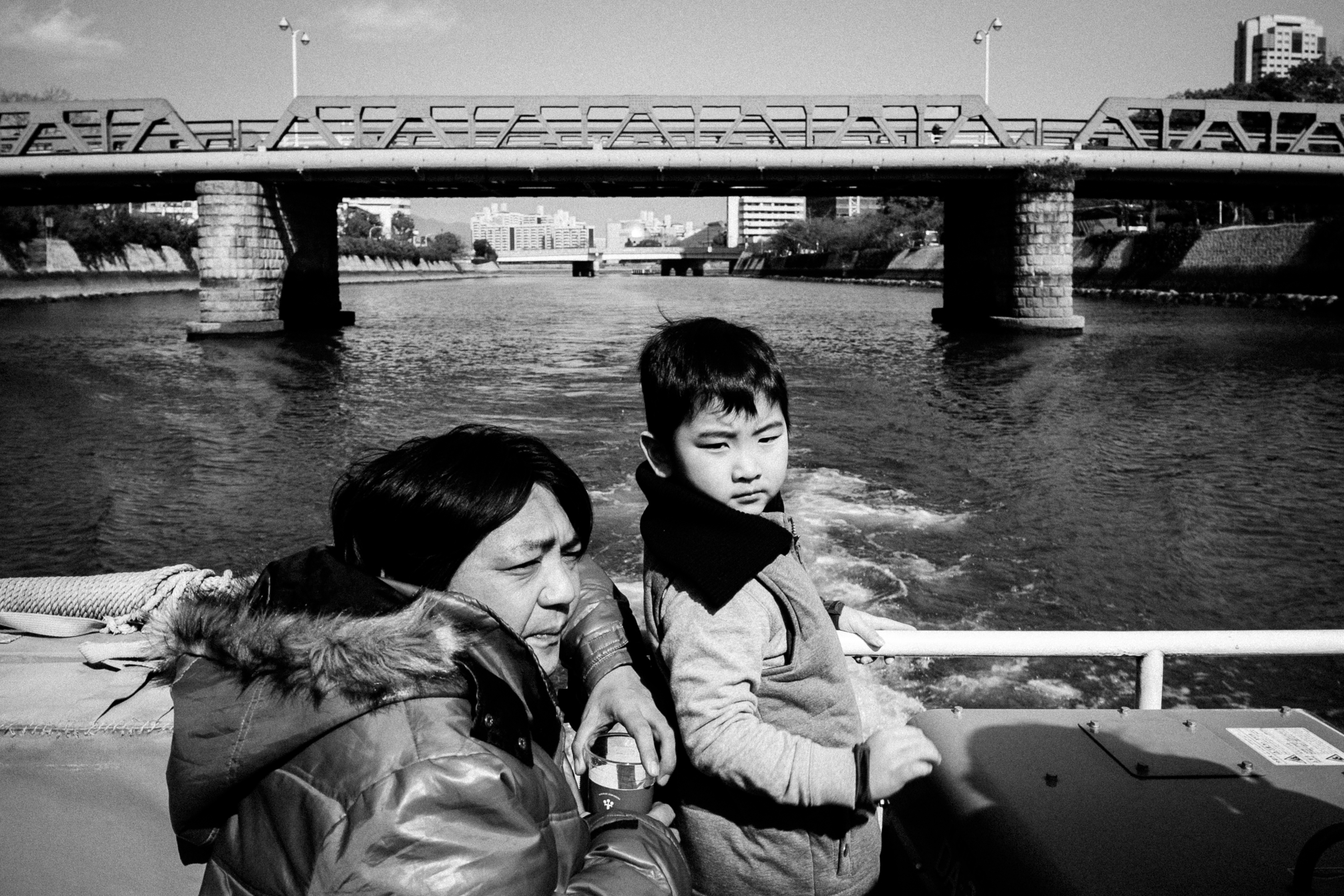
Father & Son boat ride along the Ōta River. The Ota River is a major river that flows through Hiroshima.
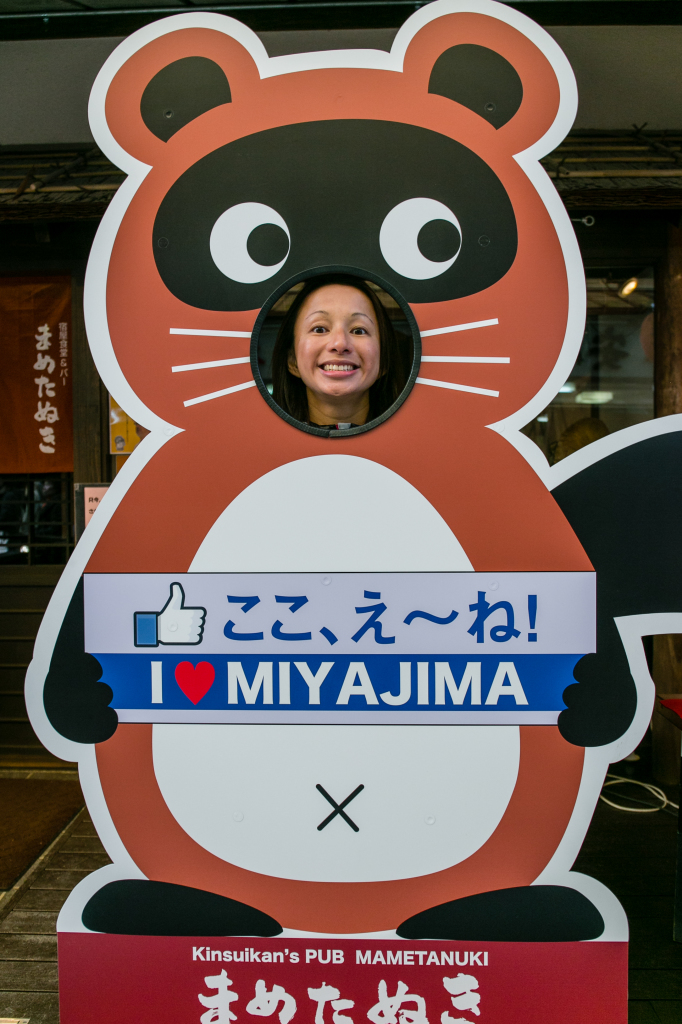
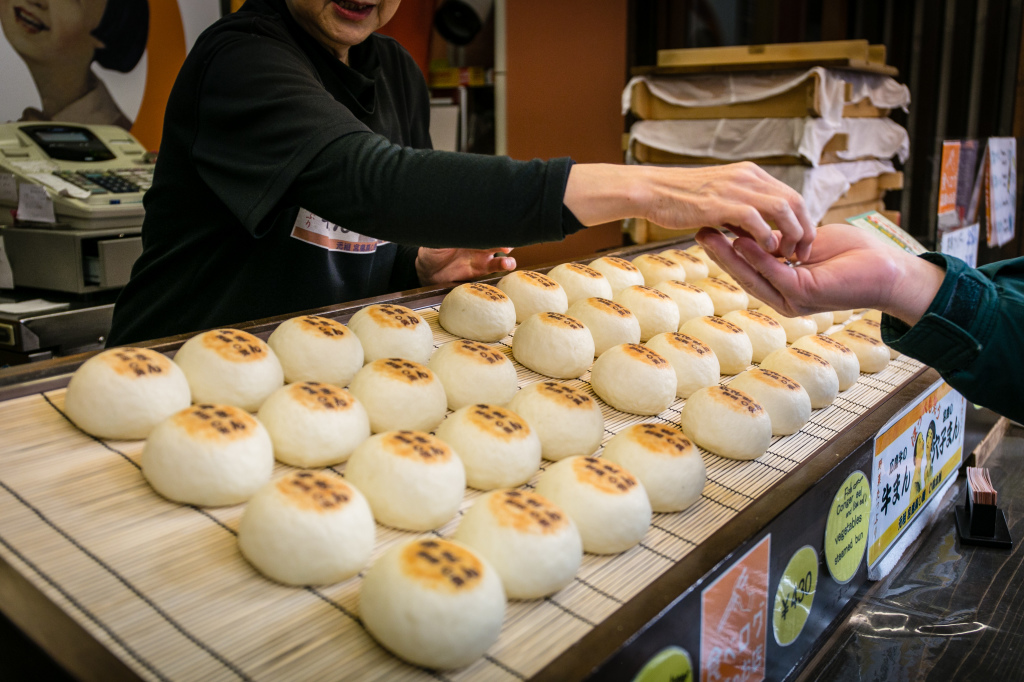
Some local pork buns for a quick snack.
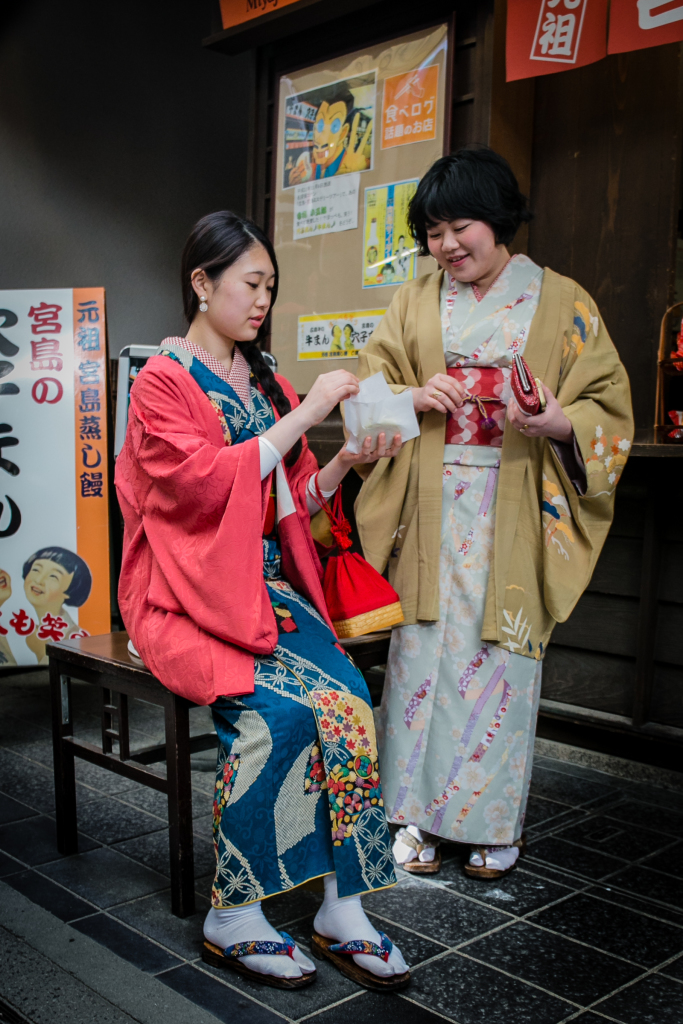
Local ladies enjoying the afternoon.
